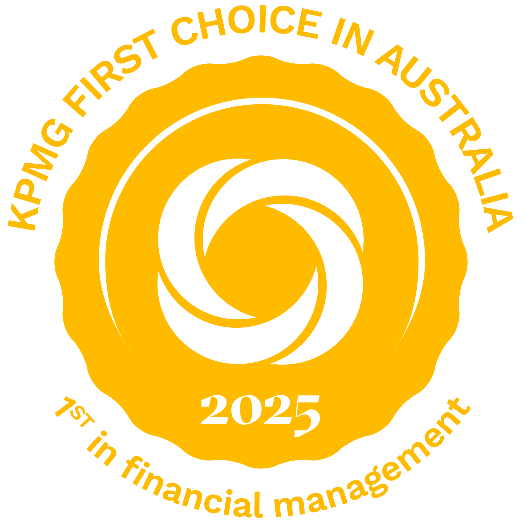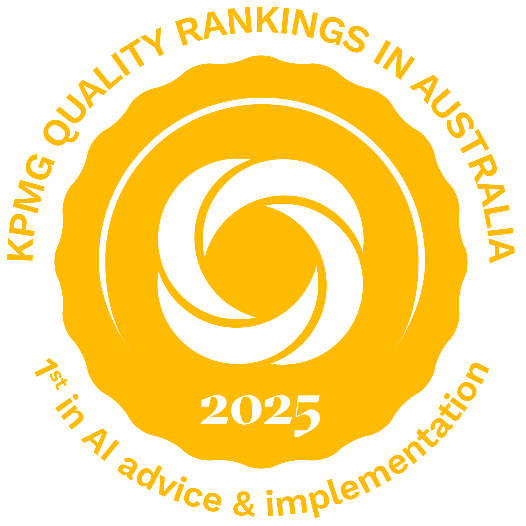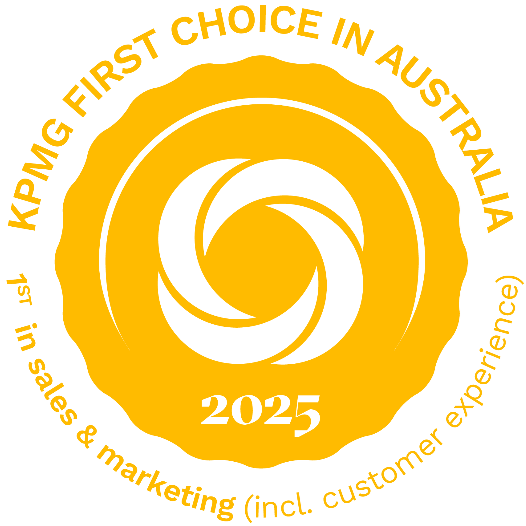Successful organisations continually seek opportunities to enhance their efficiency and take advantage of opportunities arising from technological innovation, changes in regulation, consumer behaviours, demographic trends and economic conditions. Businesses and public entities seek these opportunities by continually examining their performance, cost and policy drivers.
Effective business and government leaders typically concentrate on key value drivers. They make sure their decisions are based on relevant, accurate and up-to-date information, focusing on sustainable performance and long-term return on investment instead of being excessively preoccupied with short-term objectives.
KPMG can help identify and solve your business challenges
Telstra blazes the trail with AI-driven compliance
Rapid change and increased regulatory scrutiny present compliance challenges for telecommunications leaders. Following the competition of a compliance uplift program, Telstra appointed KPMG to help sustain its compliance maturity through Applied AI technologies.
Built on KPMG Workbench – a flexible platform enabling interoperable, agent to agent communications – our AI-driven compliance solution is helping Telstra simplify regulations, predict risks and optimise compliance processes.

Insights
Browse KPMG's insights and thought leadership below.
Something went wrong
Oops!! Something went wrong, please try again
KPMG ranks #1 in Financial Management, CX and quality AI Advice & Implementation
According to Source Perspectives: Perceptions of Consulting in Australia 2025



Contact our Consulting leaders
We look forward to understanding how we can support you.
Karlie Lytas
Partner in Charge – Managed Services & KPMG Delivery Network (KDN), Consulting
KPMG Australia
Nikki McAllen
Partner in Charge – Corporates, Consulting | Global Head of Finance Advisory
KPMG Australia
- Brad Miller
- Tony Romeo
- Gerard Vigneron
- Simon Benson
- Tim Robinson
- Karen Parkes
- Guy Holland
- Karlie Lytas
- Lisa Bora
- Evan Rawstron
- Nickki McAllen
- Robert Warren

















